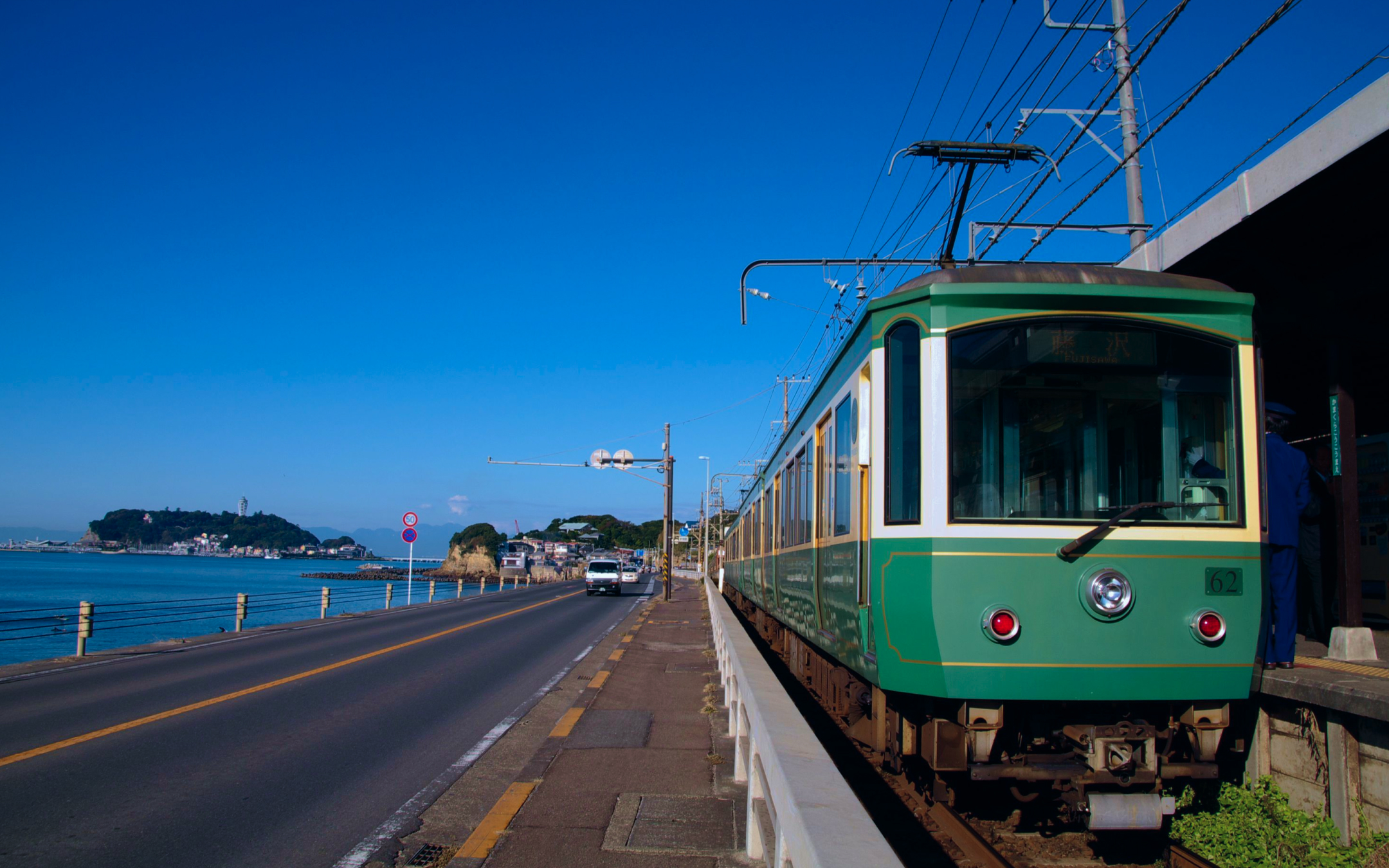
About Kamakura
What Kind of Place Is Kamakura?
Take an in-depth tour of Kamakura’s history and attractions, along with its shrines and temples.
When you think of Japan, what city comes to mind? Tokyo? Osaka or Kyoto? What about Nara? Don’t forget that the relaxed and peaceful city of Kamakura lies just a short distance from Tokyo. Kamakura enjoys a mild climate and is one of Japan’s oldest cities, possessing famous sites on par with those of the ancient cities of Nara and Kyoto. The city is also surrounded by mountains on three sides and looks out to the sea on the fourth, creating a place where the mountains, sea, history, and culture exist in harmony. Thanks to the sea and mountains, you can find freshly caught seafood from Sagami Bay and crisp Kamakura vegetables wherever you look.
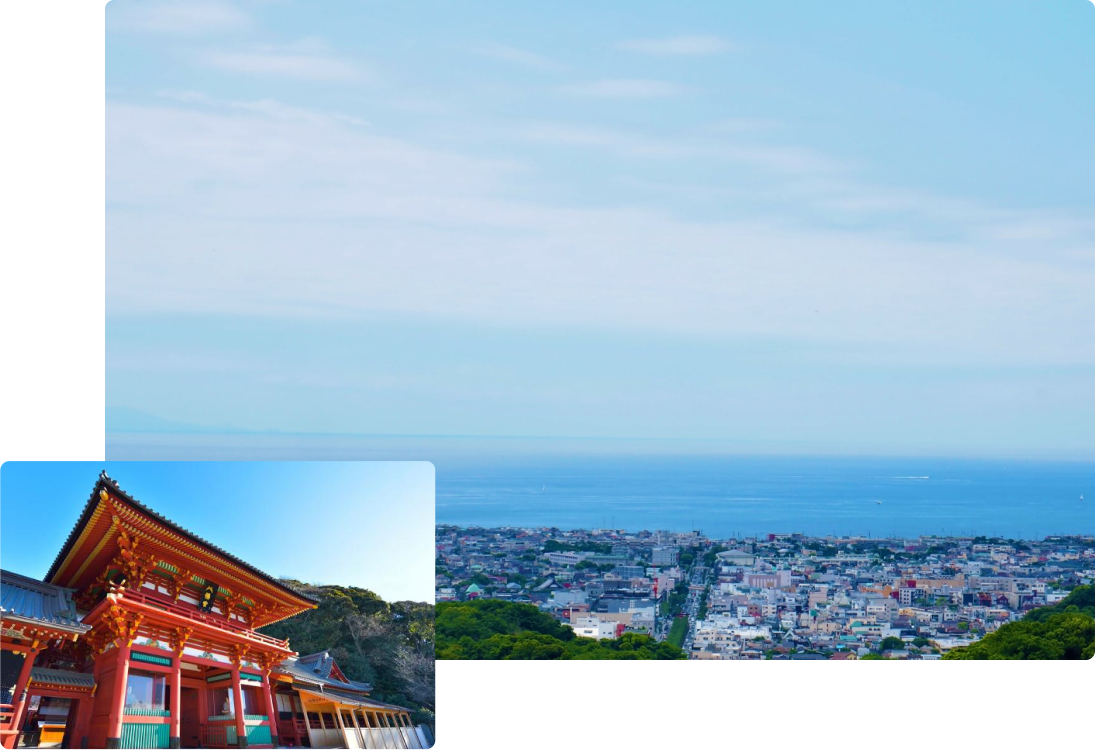
Location
Also, getting to Kamakura is a breeze, taking only about two hours from Narita Airport or one hour from Haneda Airport. Another positive is that visitors can easily take a day trip here from Tokyo. Additionally, Kamakura is close to Yokohama, one of Japan’s largest cities, and offers great access to the hot spring resort of Hakone as well as Mt. Fuji.
Why not visit Kamakura, a former capital of Japan with a rich historical heritage, a gorgeous sea, and majestic mountains?
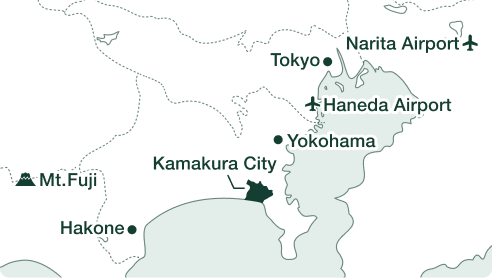
History and Culture
Kamakura is an ancient city that gave rise to its own unique culture. One of Japan’s former capitals alongside Nara and Kyoto, Kamakura was also the birthplace of the country’s first samurai government, the Kamakura shogunate (1185–1333).
Kamakura’s samurai regularly honed their skills in martial arts so that they would always be prepared for the battlefield. Items related to samurai warrior culture, such as elaborate armor, famed swords, and hanging scrolls depicting battles were brought to Kamakura from all across Japan. Yabusame, the art of shooting three arrows successively while riding a horse, also originated in Kamakura. These days, you can still see Yabusame practiced at Tsurugaoka Hachimangu Shrine as a Shinto ritual.
-
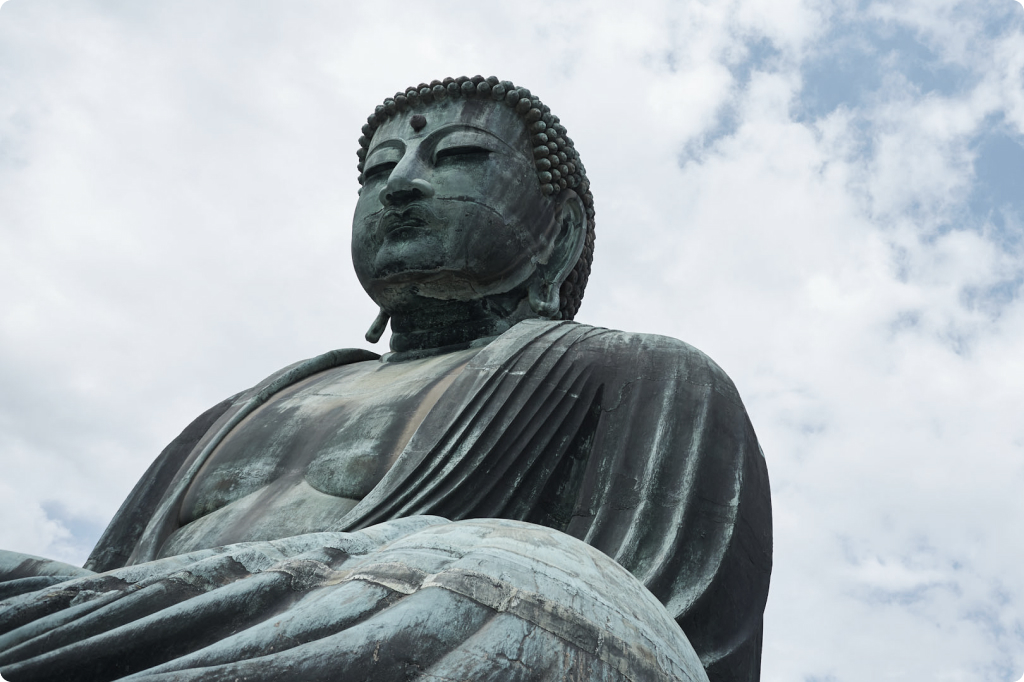
12~13th century
Minamoto no Yoritomo (1147–1199) was appointed Shogun by the Imperial Court in 1192, after which he established the Kamakura shogunate.
After Yoritomo’s death, the Hojo clan took control of the area. In the 13th century, trade with the Chinese Song and Yuan dynasties flourished, which brought in a variety of Chinese cultural elements, including Buddhist statues and lacquerware.
Accordingly, the samurai who established the Kamakura shogunate actively adopted Chinese culture, with a strong focus on Zen Buddhism, in the process of building a political structure and bolstering power. This gave rise to samurai warrior culture. Buddhist temples in Kamakura at the time were not only for memorial services—they also served as places for samurai families to undergo spiritual and moral training and acquire learning and culture. Cultural practices such as painting, sculpting, and the tea ceremony were also cultivated there.
The spirit of Zen in particular seems to have been part of the Kamakura samurai ethos, greatly influencing Kamakura’s culture and permeating the cultural landscape to this day. In recent years, mindfulness has been attracting attention across the globe, rekindling interest in Zen culture. -
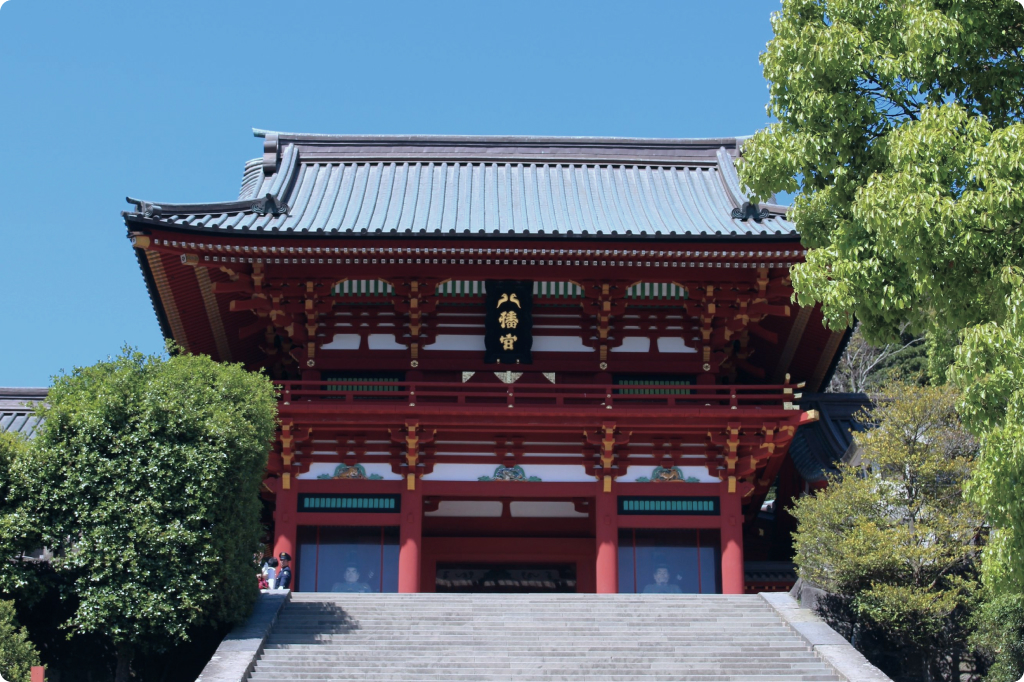
14~18th century
The Kamakura shogunate fell in 1333.
After its collapse, the Ashikaga clan, who served as the Kamakura Kubo (governor-generals of Kamakura) under the Muromachi shogunate (1336–1573), actively protected and restored Kamakura’s shrines and temples. However, Kamakura’s influence declined from the mid-15th century onward due to the Ashikaga clan relinquishing control over the city. In the 17th century, Tokugawa Ieyasu (1543–1616), who founded the Tokugawa shogunate (1603–1868) in Edo (present-day Tokyo), recognized Kamakura’s importance as the cradle of the samurai government and restored its major shrines and temples, such as Tsurugaoka Hachimangu Shrine and Kenchoji Temple. -
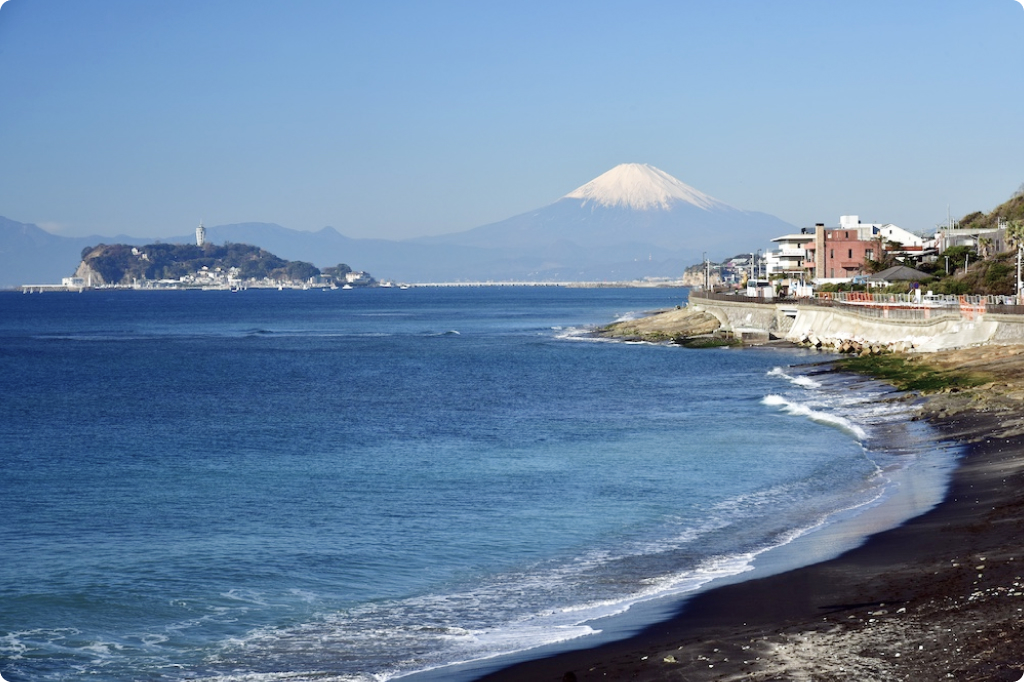
Kamakura from the 19th Century Onward
Since the 19th century, Kamakura has gained prominence for its beaches, resorts, and holiday homes, with renowned literary figures also migrating to the area. Many tourists are still brought to Kamakura today, enthralled by its history, culture, and nature.
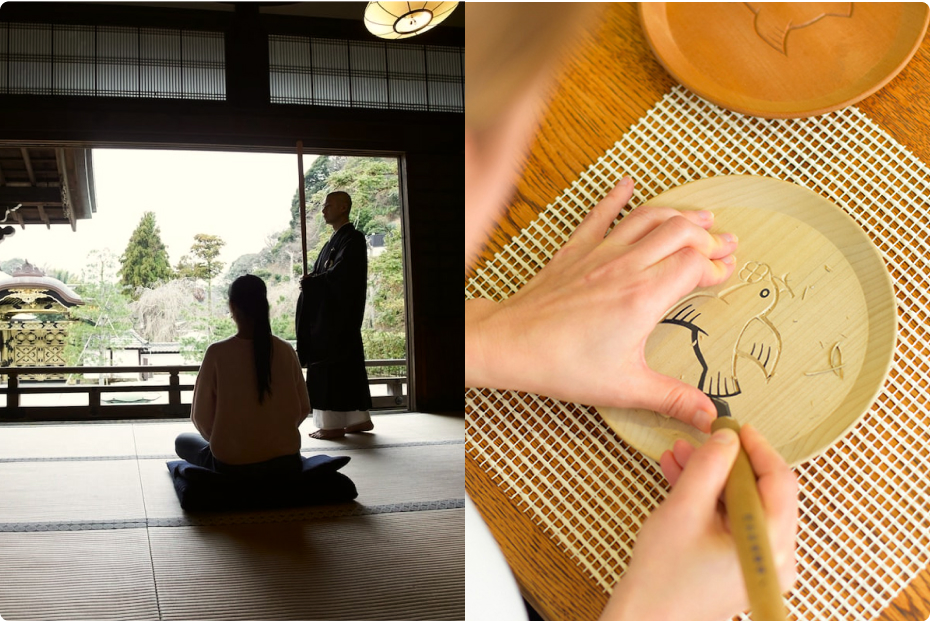
Experiences
In Kamakura, you can enjoy zazen (seated Zen meditation), Kamakurabori* carving, matcha, kimono wearing, water sports, and many other unique, Kamakura-esque experiences. Zen culture, which was introduced to Japan from China during the Kamakura period (1185–1333), has taken root in the daily lives of modern Japanese people in the forms of meditation, green tea, vegetarian Buddhist cuisine, Kamakurabori carving, and the like. Through these experiences, you will be able to grasp their rich history.
*Kamakurabori: A type of carved lacquerware. This art form is a descendant of the skills of busshi, artists who once carved Buddhist statues. The tradition has been passed down and updated for the present day with the carving of everyday items.
Townscape
The entire city offers views in which the mountains and sea, history and culture, and nature exist in harmony. The area stretching from Kamakura Station to Tsurugaoka Hachimangu Shrine features avenues lined with souvenir shops and restaurants, namely, the streets of Komachi and Wakamiya Oji. Running along the coastline, the Enoden is known as one of the best sightseeing trains in Japan. Since the townscape is concentrated in a relatively small area, overtourism from tourists gathering in certain sections of the city has become a challenge. There are also many places where you can look out and see Mt. Fuji, including scenic spots in Inamuragasaki Park and along the Ten-en Hiking Course.
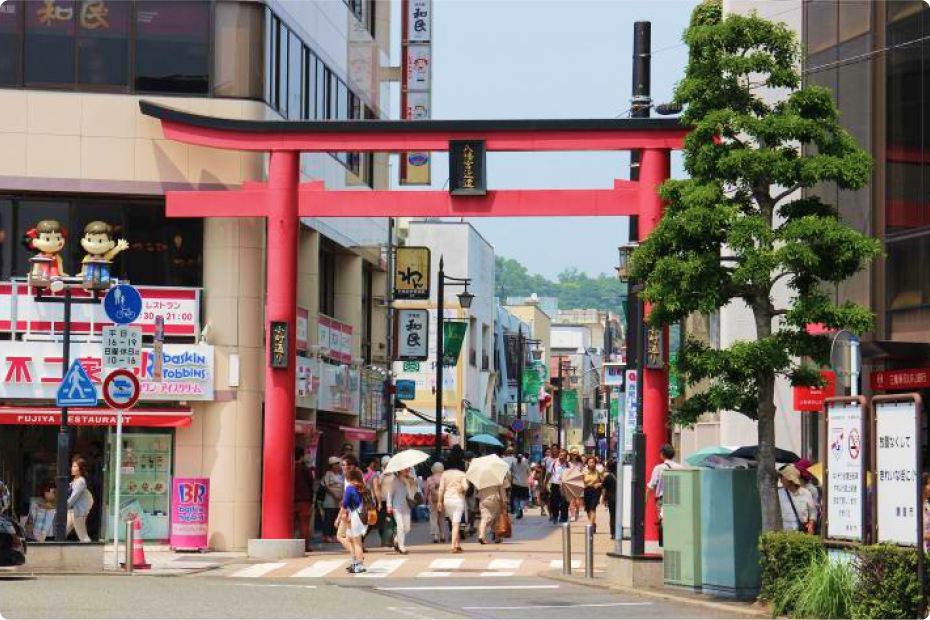
Specialties
Savor seasonal cuisine full of delicious local ingredients.
Kamakura has many places to eat and drink, from restaurants that serve local seafood and Kamakura vegetables to izakaya pubs, cafés built in traditional Japanese-style houses, bakeries, and places serving regional cuisine like French, Italian, or Chinese fare. This page provides information on typical dishes and fine cuisine you can try in Kamakura.
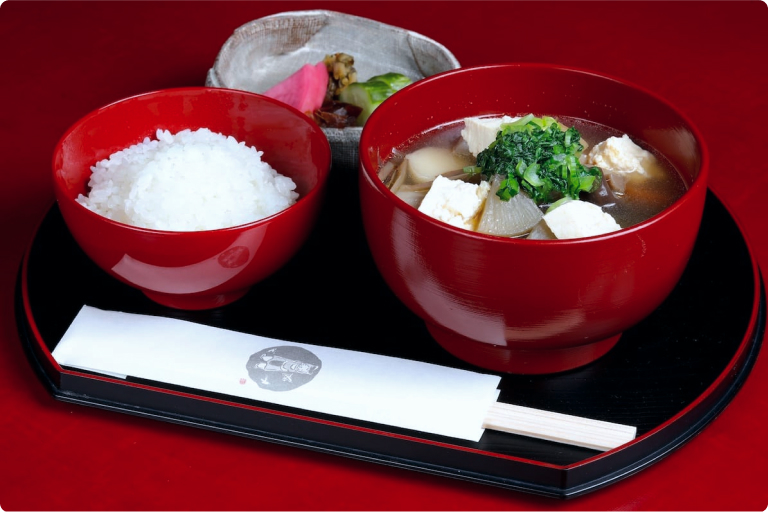
Shojin Cuisine (Buddhist Cuisine)
This style of cooking does not use seafood or meat, instead focusing on grains and vegetables. The Japanese-style dishes are created based on the Buddhist precepts of avoiding the killing of living creatures and suppressing worldly desires.
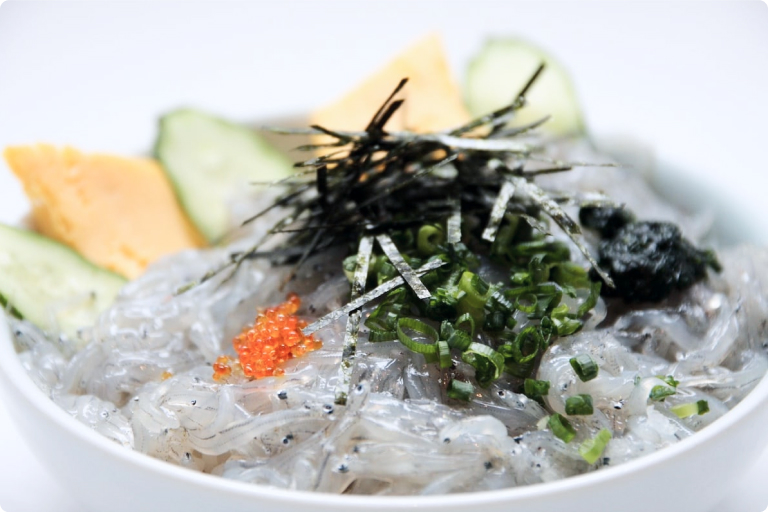
Shirasu (Whitebait)
One specialty of Kamakura is shirasu, whitebait from Japanese anchovies and sardines caught in Sagami Bay. Besides eating them raw, a popular way to enjoy shirasu is to top rice with boiled shirasu, creating a dish known as shirasu bowl.
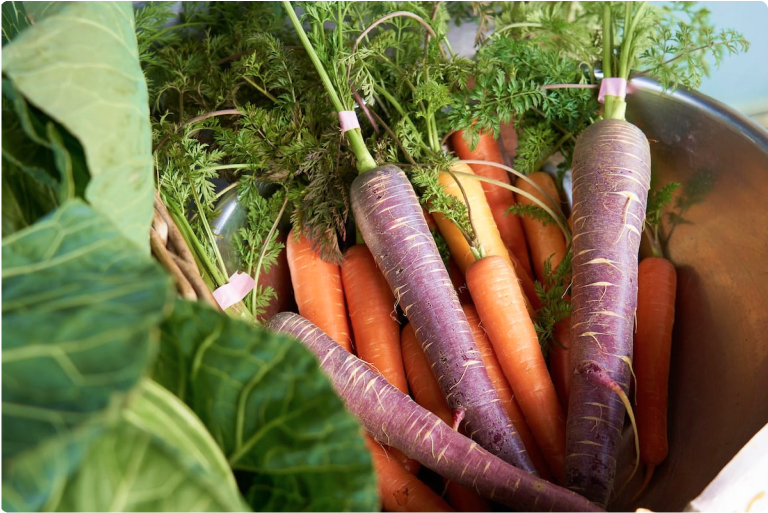
Kamakura vegetables
Vegetables grown in Kamakura and its surrounding areas fall under the “Kamakura vegetables” brand. In addition to being served at restaurants both inside and outside Kamakura, they can be purchased at places like Renbai—the Kamakura Farmer’s Market—as well as at local supermarkets.
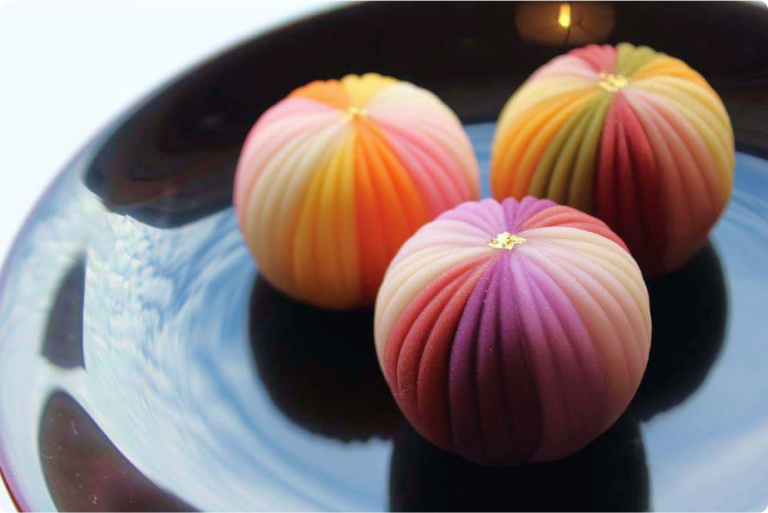
Wagashi (Traditional Japanese Sweets)
Wagashi are traditional Japanese sweets commonly made from ingredients such as adzuki beans, grains like rice and wheat, fruit, and agar. They are usually enjoyed with a cup of Japanese green tea.
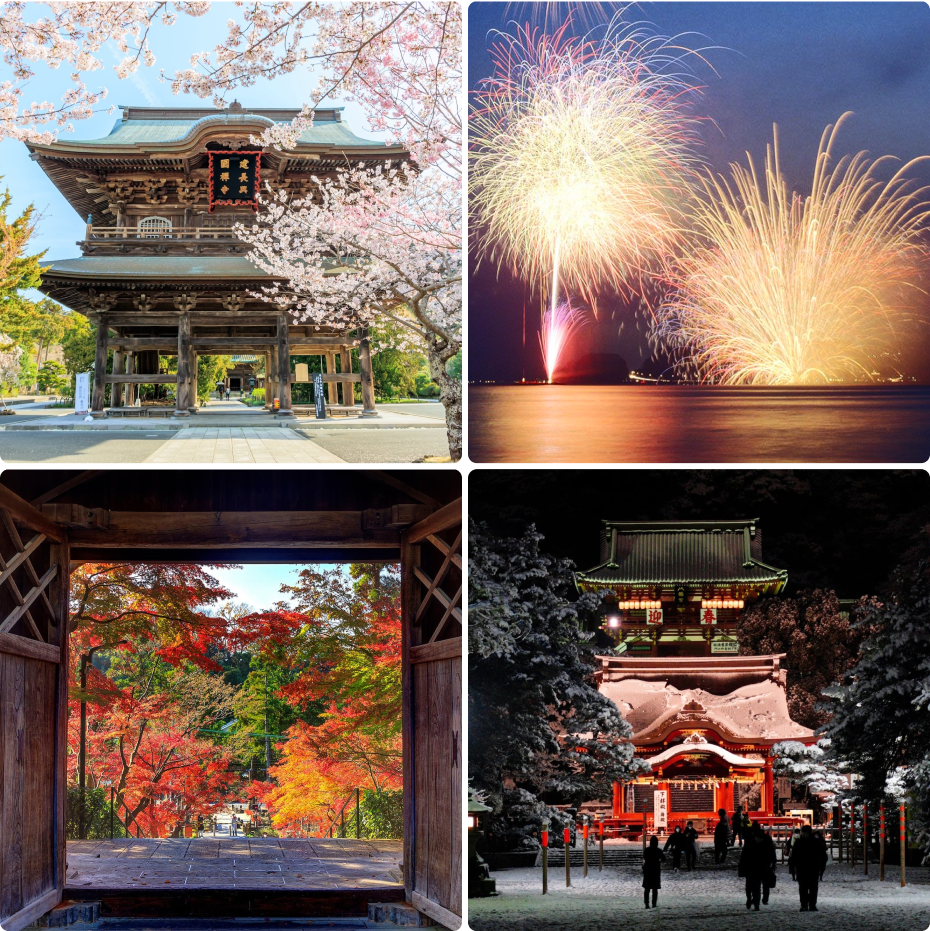
The Four Seasons of Kamakura
Enjoy the many faces of Kamakura, which showcases the beauty of nature across all four seasons

